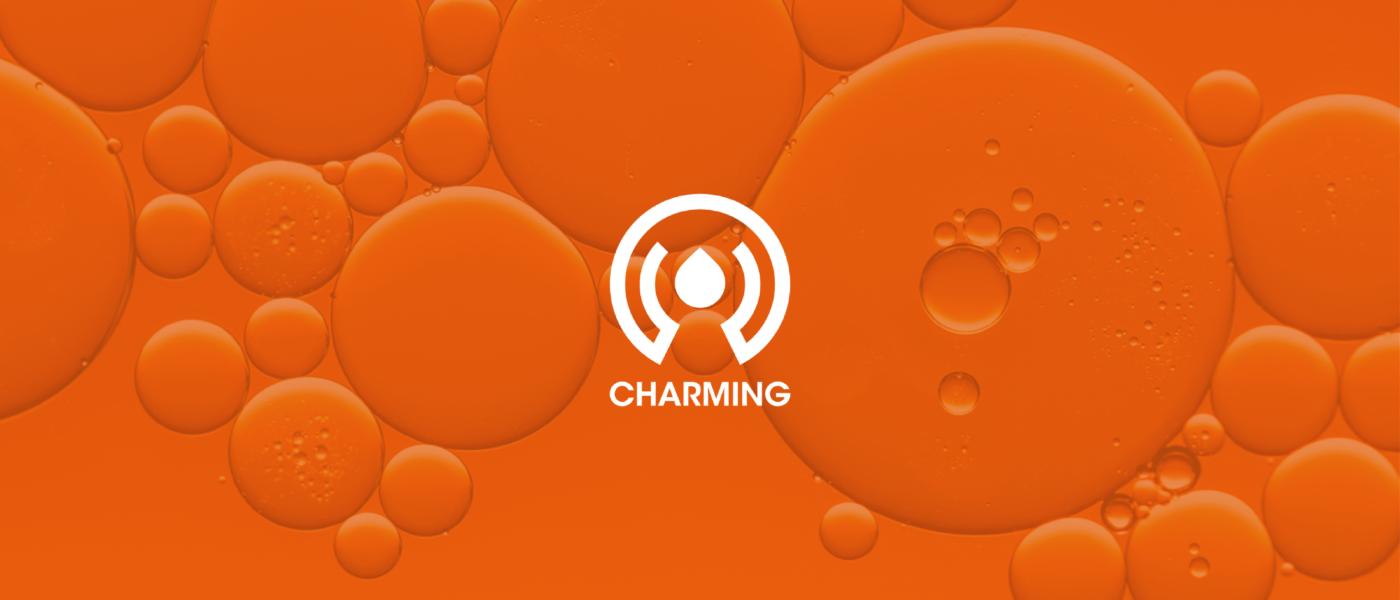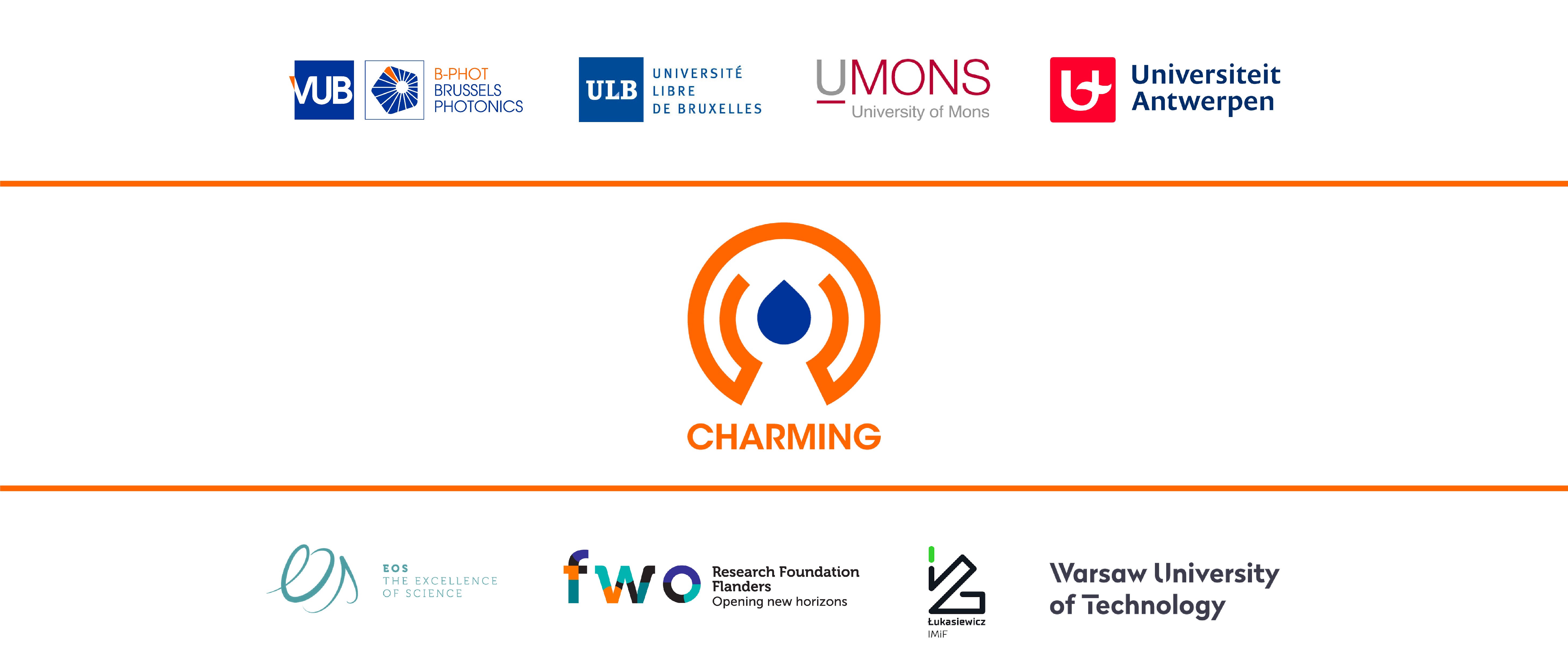Interuniversity project uses photonics to detect and visualise cancer cells

According to the World Health Organization, cancer is a leading cause of death worldwide, accounting for nearly 10 million deaths every year. When cancer is identified in an early stage, delays in care can be avoided, the chances to respond to treatment are significantly greater and the quality of life of cancer patients is meaningfully improved. So, one of the first actions that needs to be taken to reduce the cancer burden is early detection and early diagnosis of the disease.
Belgian and Polish world-renowned experts and professors have teamed up in the project named “CHARMING”, an Excellence of Science project funded by the Research Foundation Flanders, that uses the latest light-based technologies to detect cancer in a very early stage. Together with Universiteit Antwerpen, Université Libre de Bruxelles, Université de Mons, Warsaw University of Technology and the Łukasiewicz Institute of Microelectronics and Photonics, B-PHOT developed a new technological platform for applications in the field of biomedical sensing and imaging, and more specifically, in the field of cancer detection.
More than 10 young researchers joined the team and worked together in a transdisciplinary, international, and truly high-tech setting under the supervision of B-PHOT and VUB professor Francis Berghmans, the project coordinator of CHARMING. To detect cancer in a very early stage, CHARMING exploits the unique properties of light and uses the latest light-based technologies. The science and technology of light is known today as “Photonics".
So how does CHARMING work with photonics? Optical fibers are very well-known for their application in telecommunications. Cables made from these light guides form the backbone of the worldwide internet. In the last decades, optical fibers have also become increasingly popular for applications in the field of life sciences, where they are used as very sensitive sensors to detect minute amounts of biological cells or as flexible light sources enabling in-vivo microscopy of biological tissue. As such they allow for early diagnosis of medical conditions.
In the meantime, new “nanocarbon” materials such as graphene and carbon nanotubes have emerged as well. Graphene is made of a sheet-like single layer of carbon atoms, whilst nanotubes are nanoscale hollow tubes rolled up from the same carbon sheet. These new materials interact with light in such extraordinary ways that even better sensors and light sources can be obtained.
CHARMING researches into the combination of the exceptional properties of optical fibers and nanocarbon materials, and produces a novel class of sensors and imaging systems, with the ultimate objective to detect and visualize cancer cells with unprecedented sensitivity.
EOS CHARMING
CHARMING’s research builds on the heralded properties of 2D and 1D carbon nanomaterials – i.e. graphene and single-wall carbon nanotubes (SWCNTs) – for conveying unprecedented features, in terms of practicability, sensitivity and optical functionality, to (i) novel lab-on-fibre plasmonic biosensor devices and to (ii) novel fiber-based second harmonic generation microscopy probes. The overall objective is to develop a new technological platform that enables tailored systems for applications in the field of biomedical sensing and imaging.
CHARMING is therefore situated in the field of biophotonics, on the crossroads of specialty optical fibre based technologies and of graphene and SWCNT material processing, for both bio-functionalization and nonlinear optical functionalization, with end applications in bio-detection and imaging.
CHARMING started 1st January 2018 and ended 31st December 2021. The following Belgian universities team up to achieve CHARMING’s objectives: Vrije Universiteit Brussel (VUB), Universiteit Antwerpen (UA), Université Libre de Bruxelles (ULB), Université de Mons (UMONS). The consortium is supplemented with two Polish institutes: Warsaw University of Technology (WUT) and the Łukasiewicz Institute of Microelectronics and Photonics (IMIF).

Excellence of Science
CHARMING is an Excellence of Science project (EOS ID 30467715), financially supported by Science Foundation-Flanders – FWO with project number G0F6218N. The EOS programme wants to promote joint research between researchers in the Flemish- and French-speaking communities in Belgium, by funding joint fundamental research projects in any scientific discipline.
Supported by Research Foundation Flanders (FWO).
